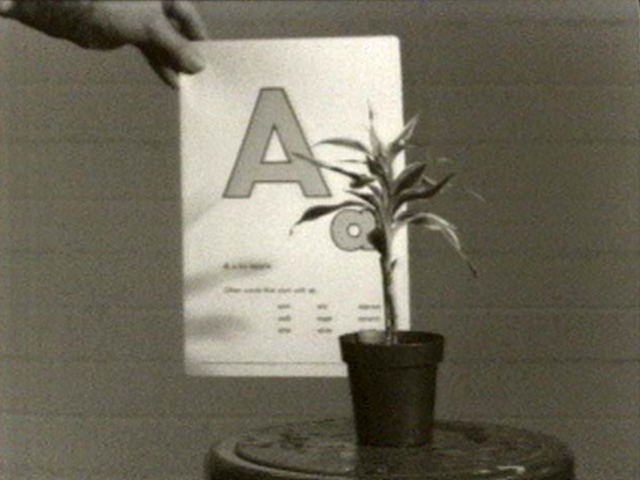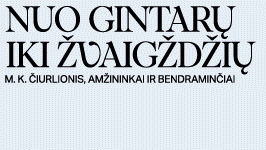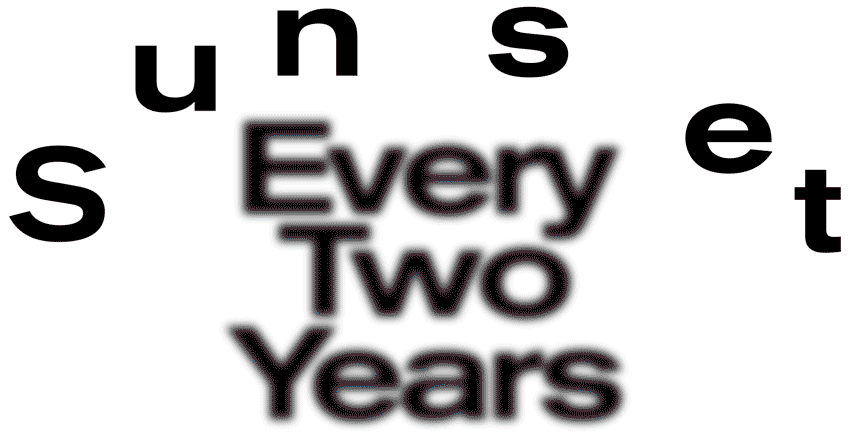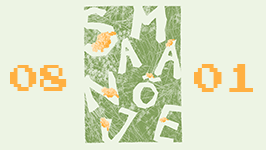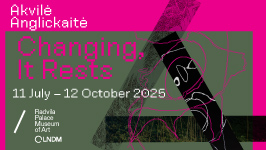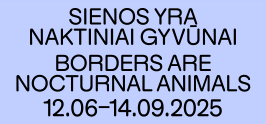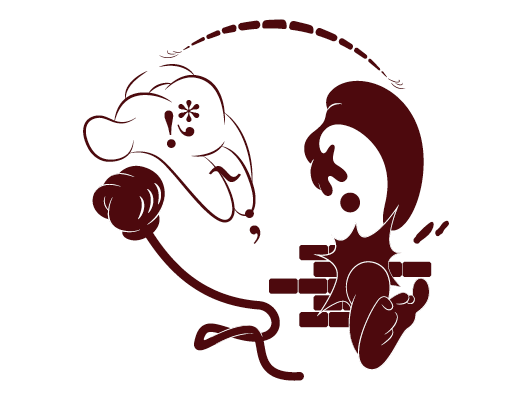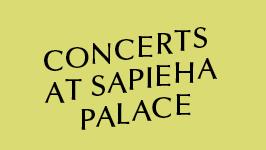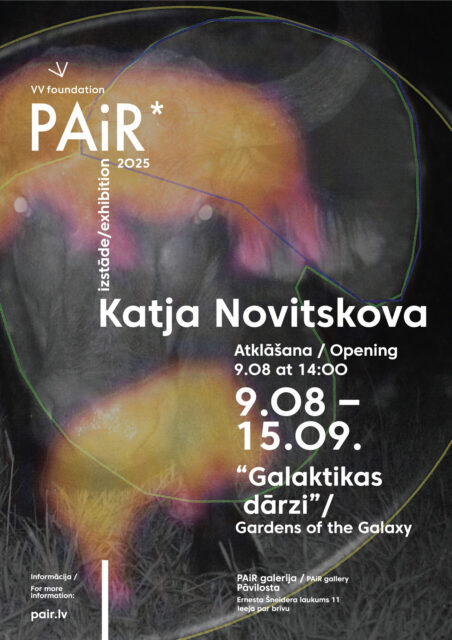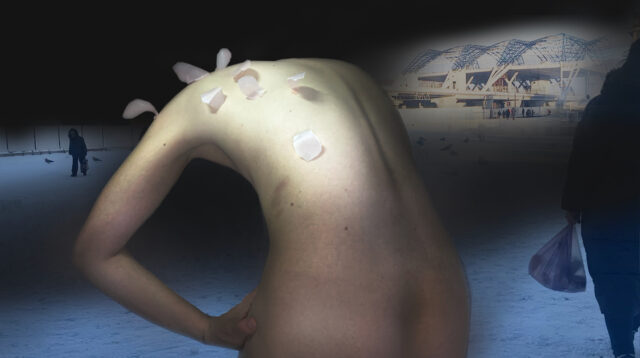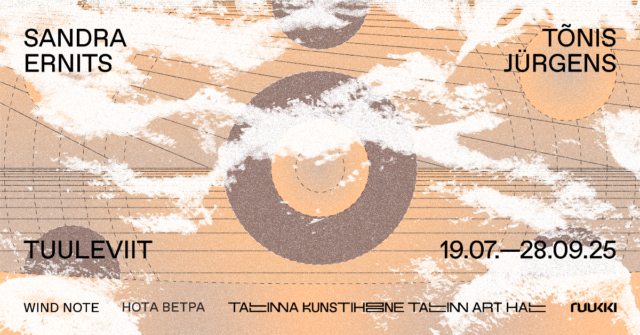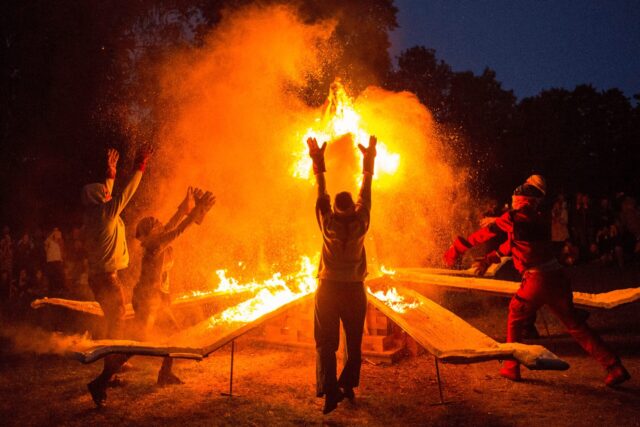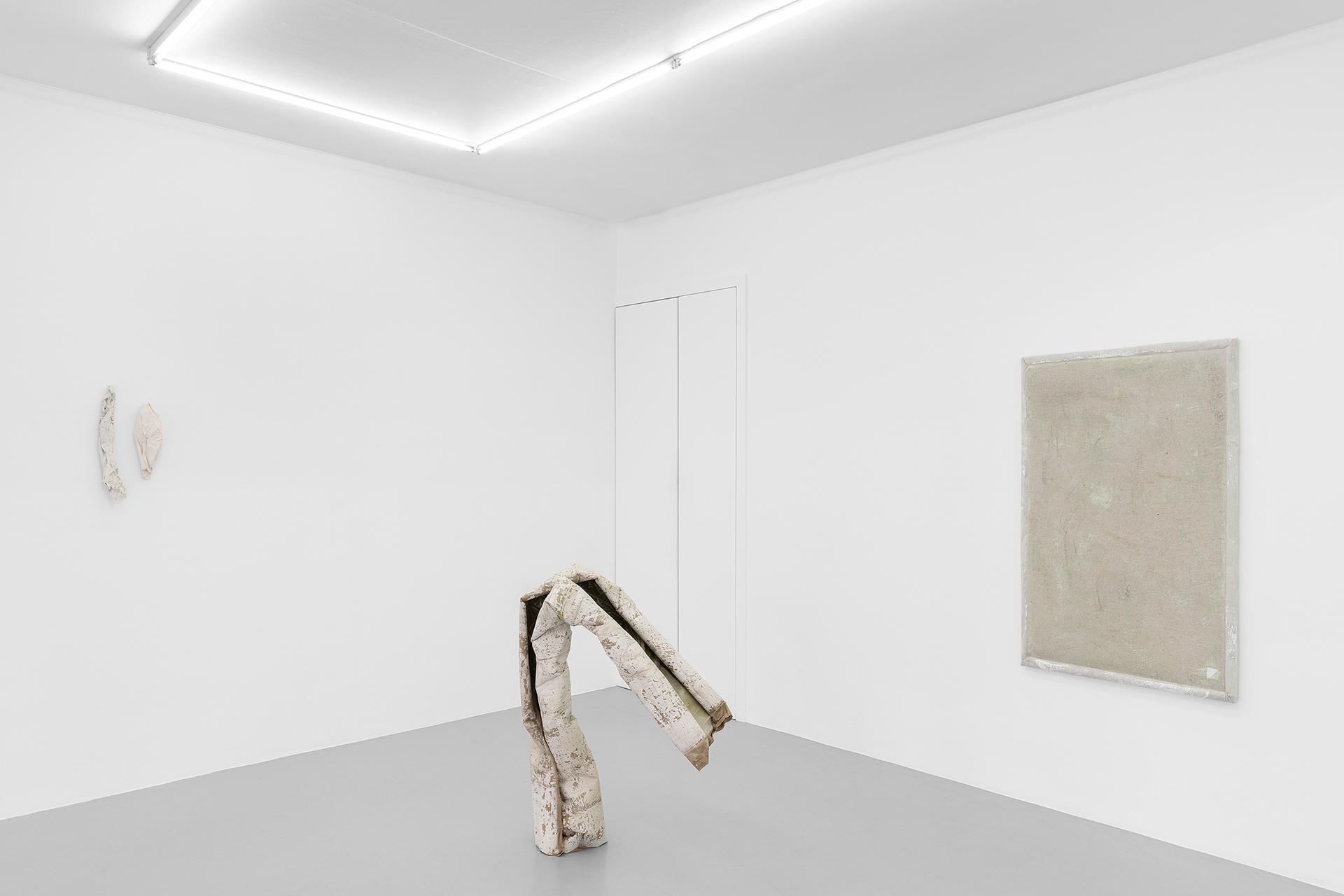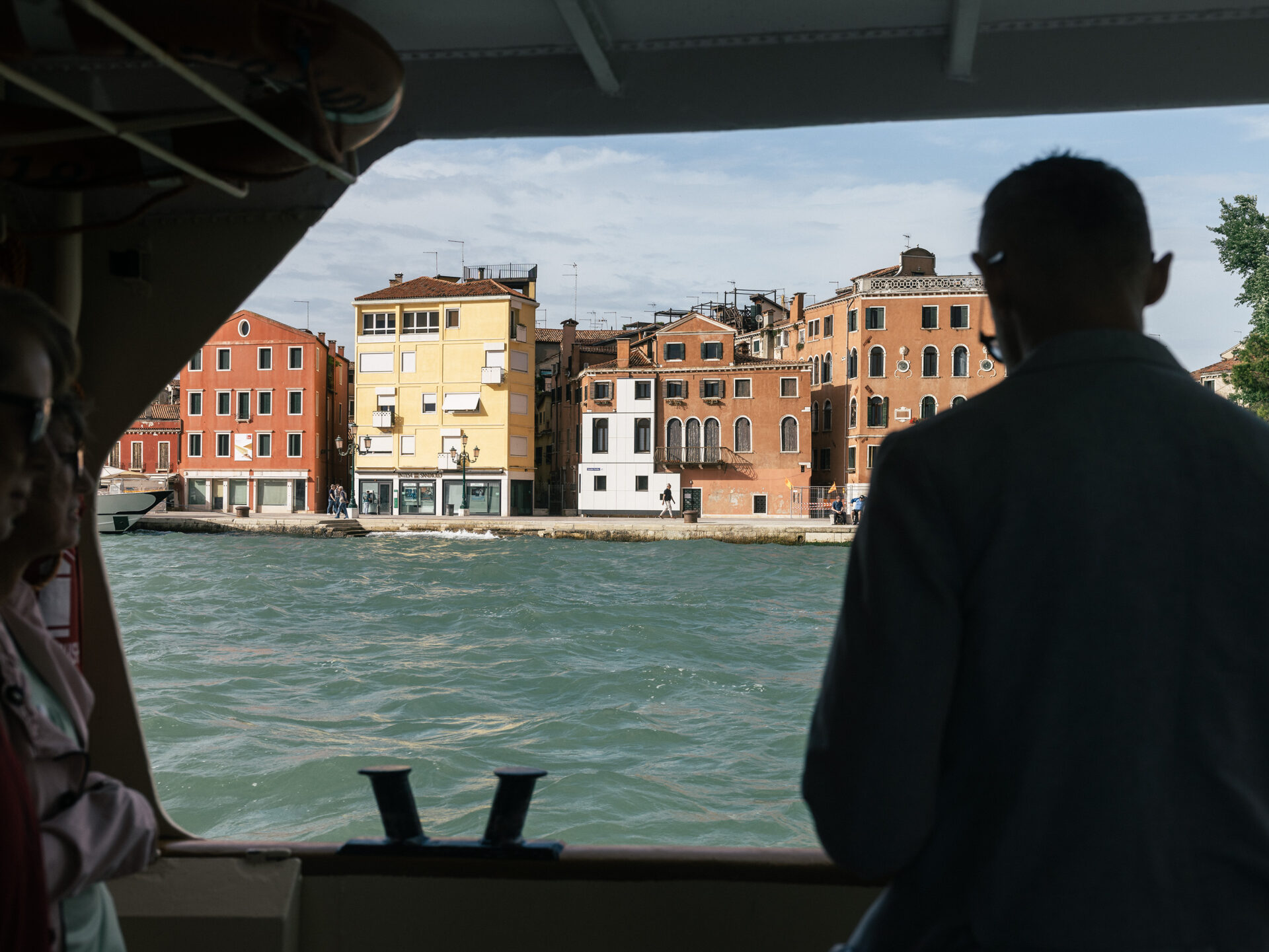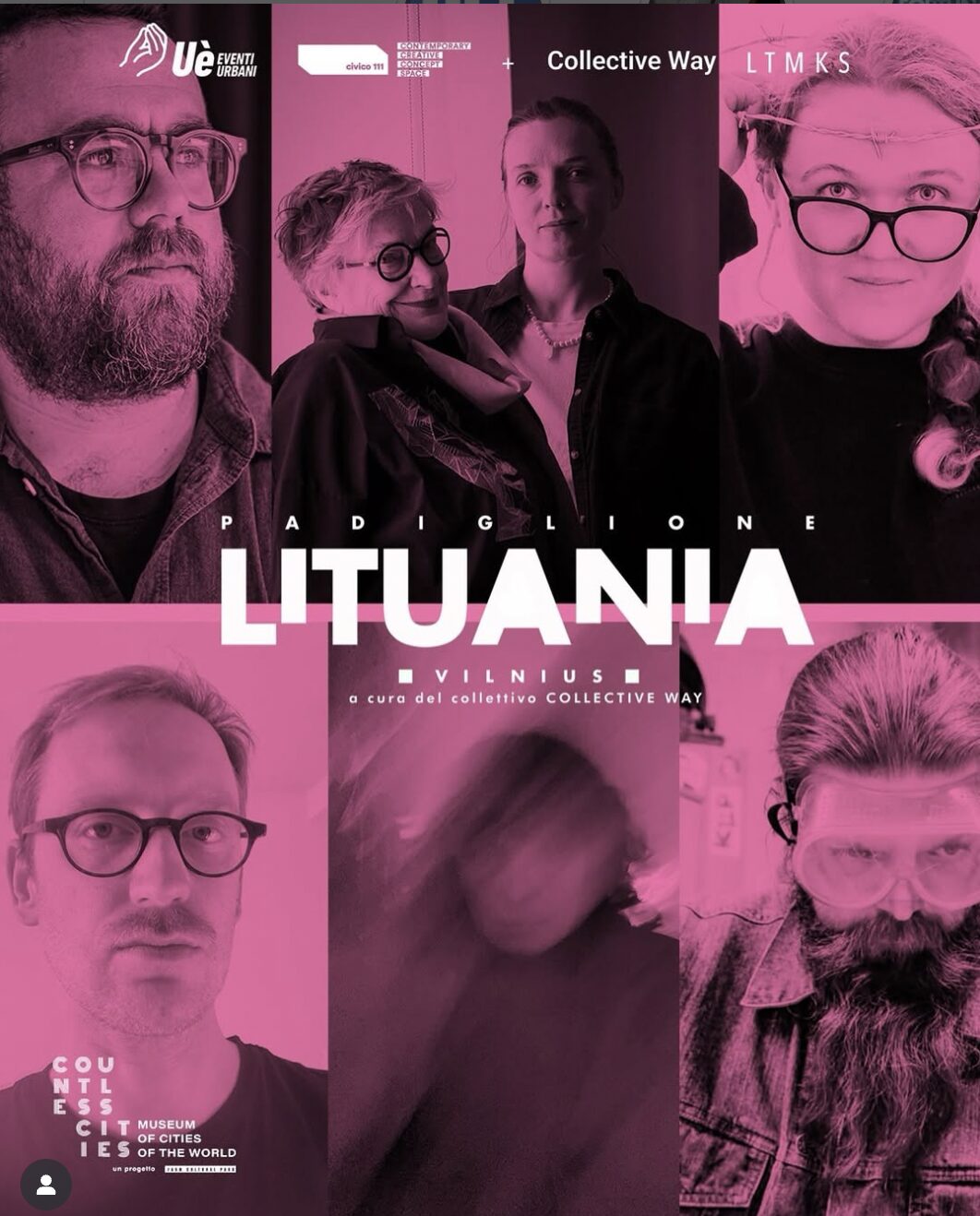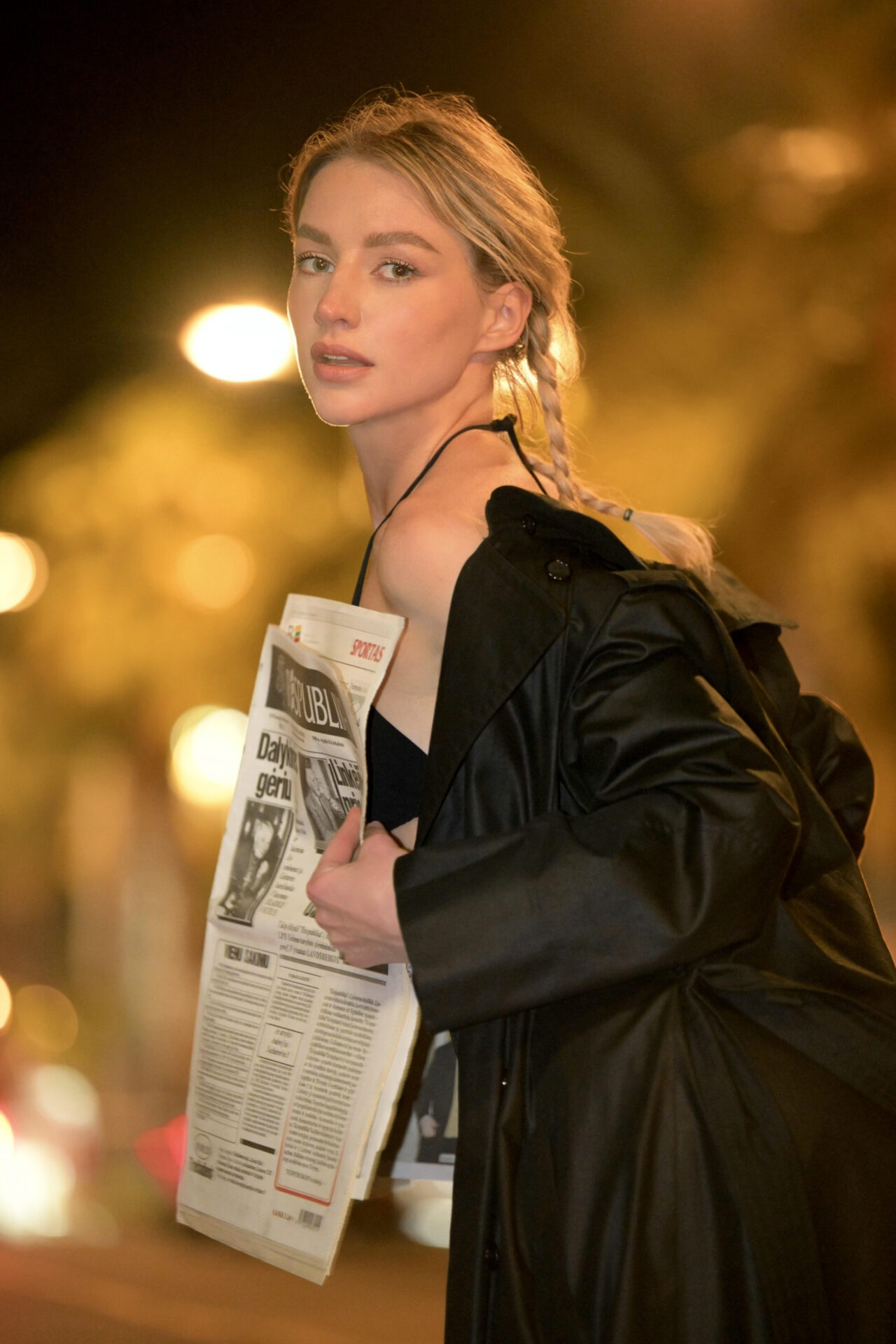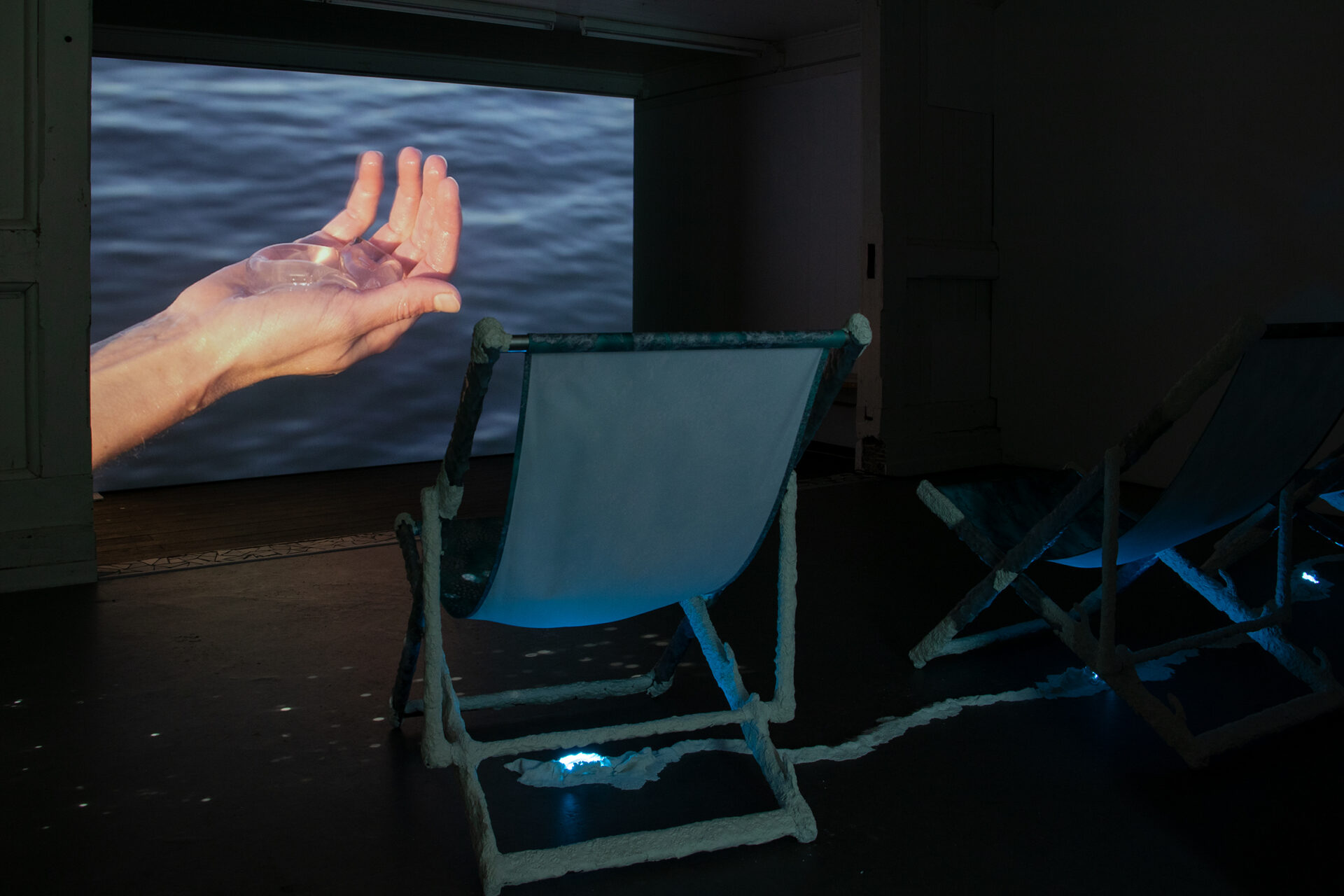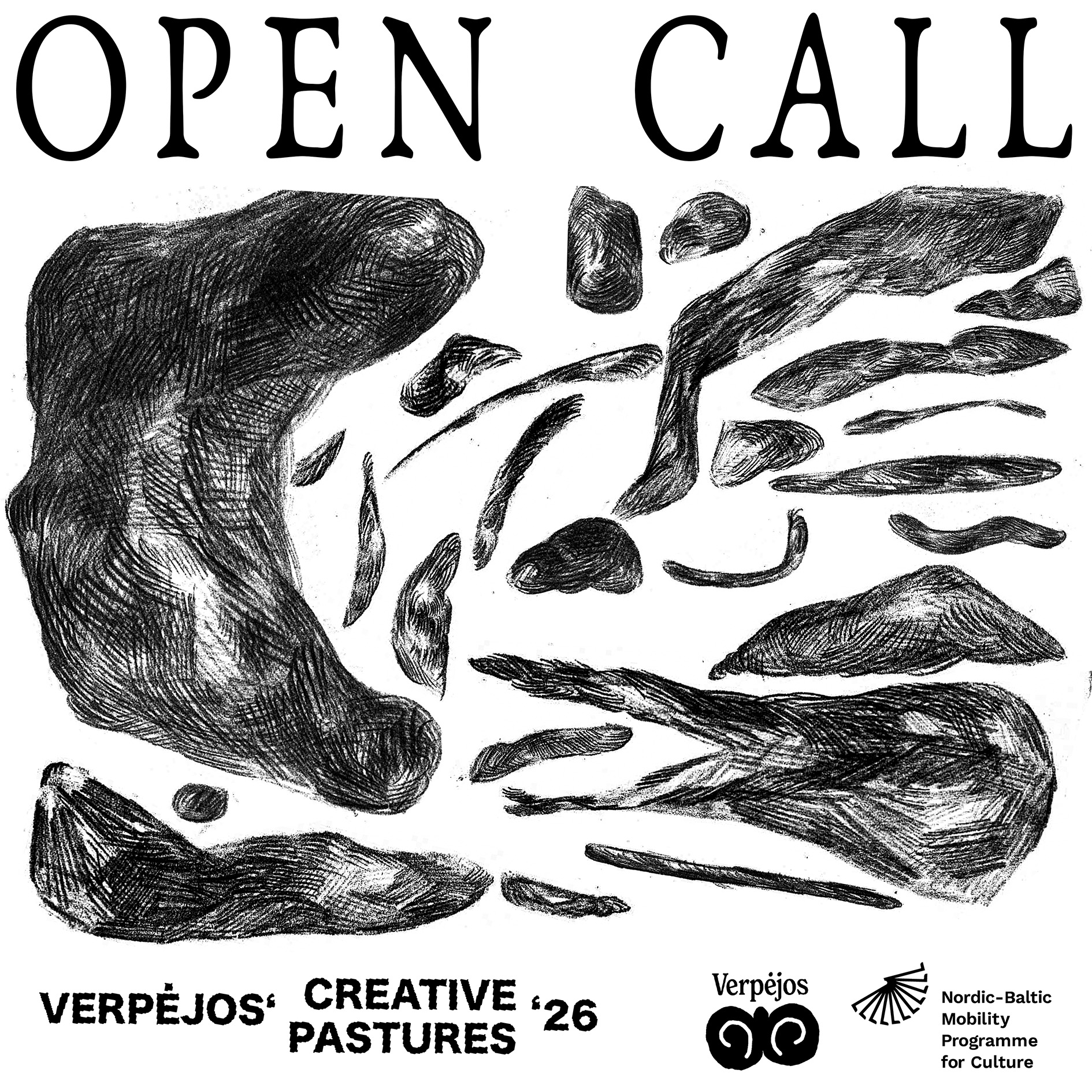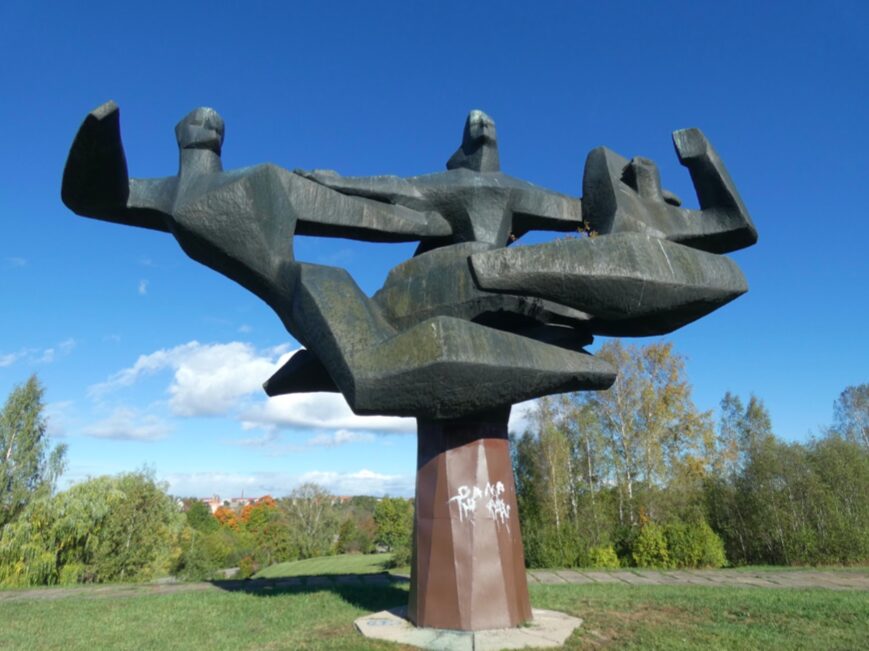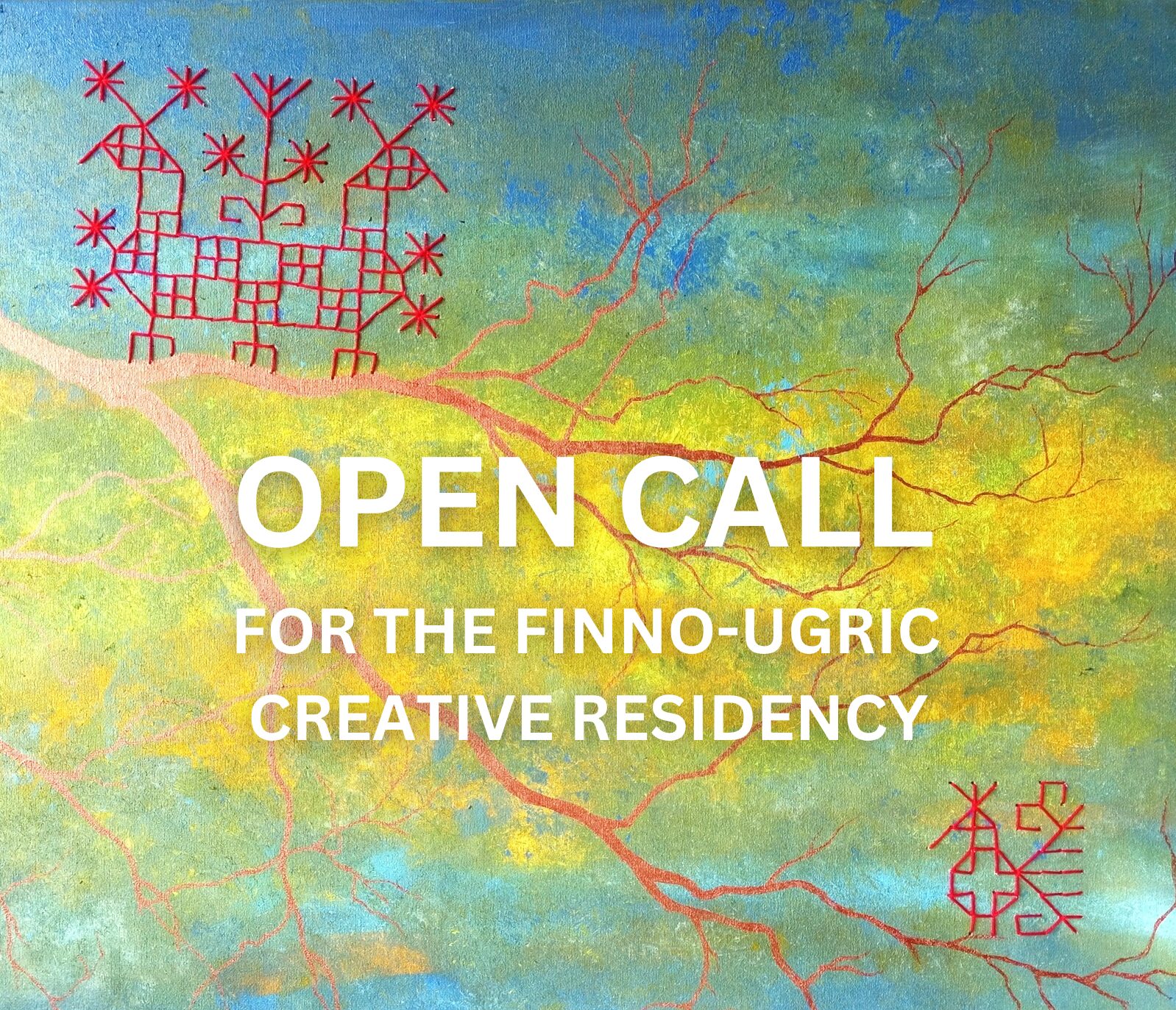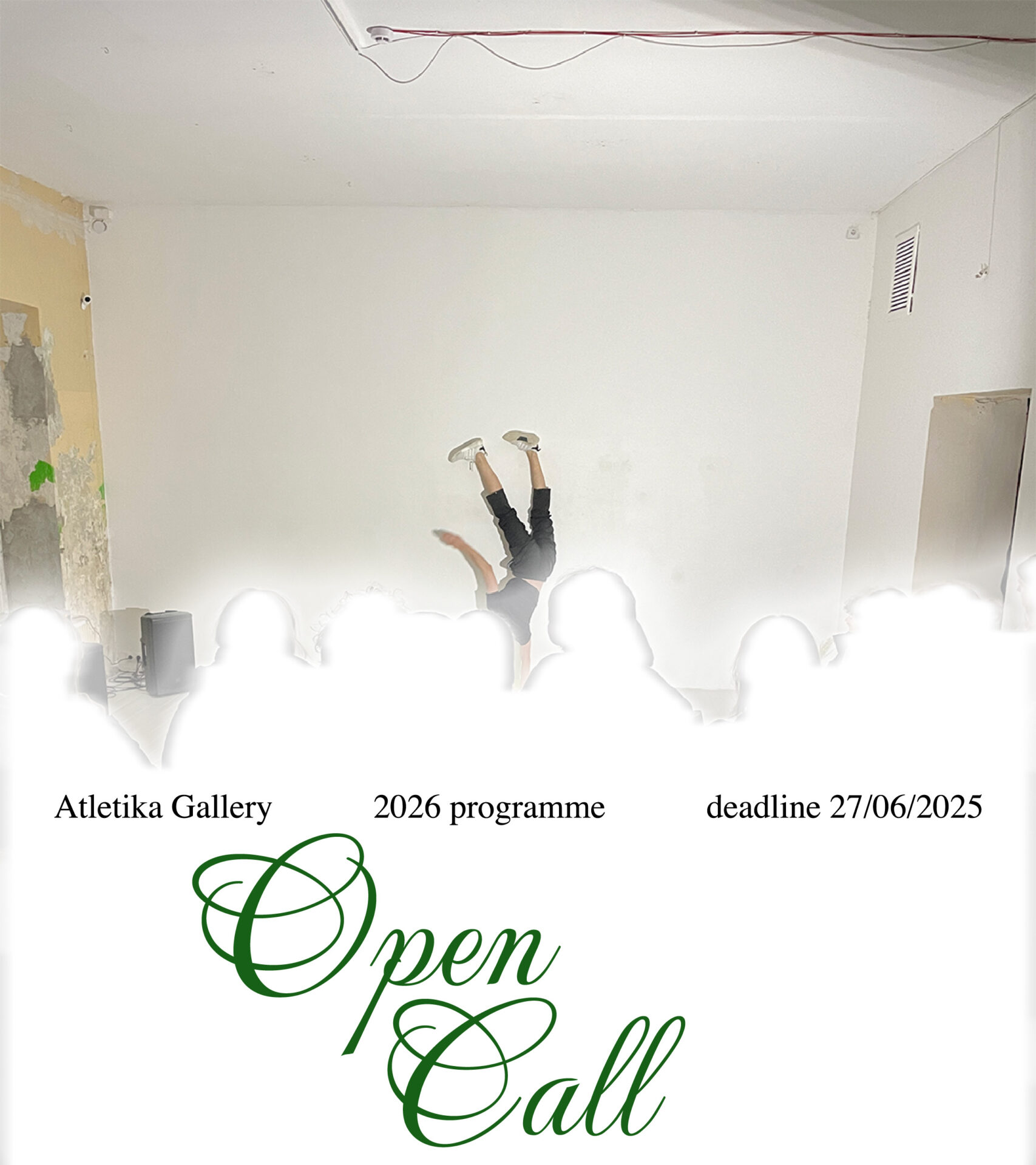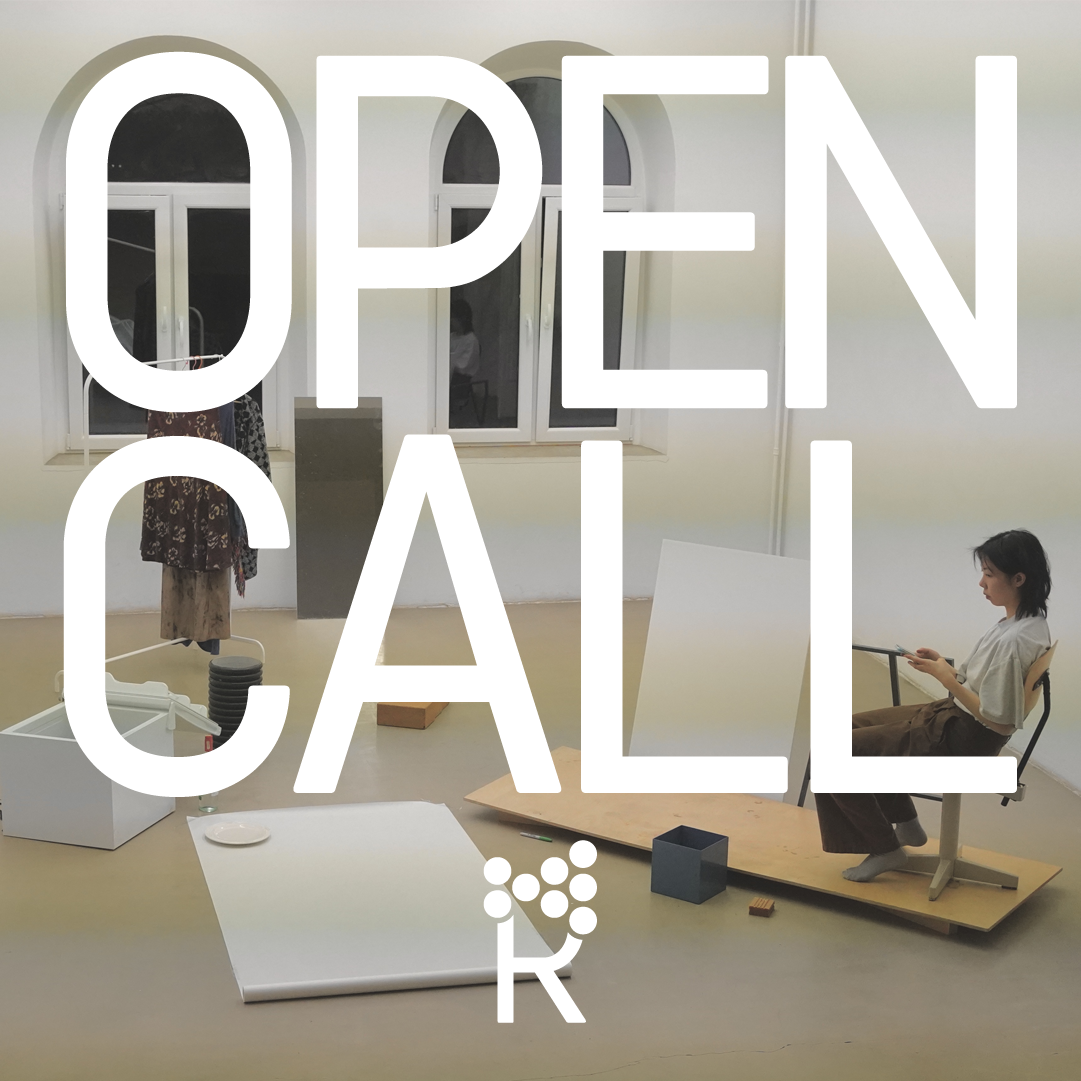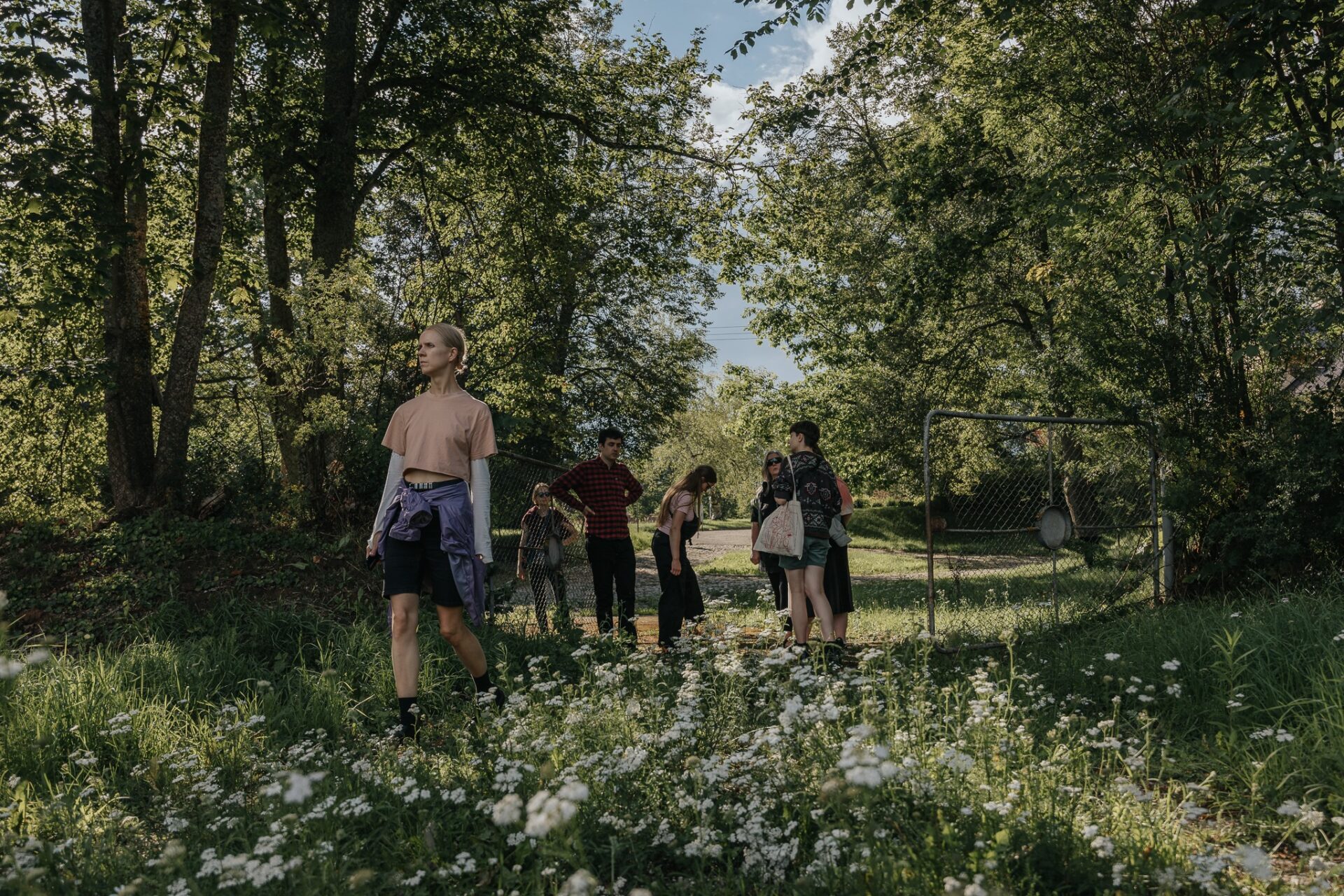Presented in the context of ‘All Flesh Is Grass’ at Kim? Contemporary Art Centre, the screening ‘Toin or Spurl or Plinuckment’ features work by: John Baldessari (onsite), Elise Florenty & Marcel Türkowsky (online), and Charlotte Pryce (online).
In the short story ‘The Sound Machine’ by Roald Dahl, Mr. Klausner tinkers with his invention, a black box ‘designed to pick up sound vibrations that are too high-pitched for reception by the human ear, and to convert them to a scale of audible tones.’ Standing in the garden with this black box he hears ‘a frightful piercing shriek’ when his neighbor Mrs. Saunders cuts a yellow rose and places it in her basket. Overcoming his initial shock, Mr. Klausner revels in the possibilities of this discovery. Through further ‘testing’ he questions if these severed flowers really ‘expressed pain’ and hypothesizes that they ‘didn’t really express any of the feelings or emotions known to a human being.’ He continues: ‘a flower probably didn’t feel pain. It felt something else which we didn’t know about – something called toin or spurl or plinuckment, or anything you like.’
It’s difficult not to read Mr. Klausner’s statements as anthropocentric hubris. He obfuscates his hand’s action and his responsibility in causing the shrieks in his experiments by making the shaky claim that the flowers ‘probably’ didn’t feel pain. His actions seeking data beyond human sense, and his technological apparatus feeding him results, create a feedback loop. It seems as though his experiments reveal more about his desires and impositions. However, there are gaps in the feedback loop where more-than-human data does come through, even if it can’t be analyzed or deciphered. The shrieks still resonate. Through Dahl’s use of ‘non-sense’ language for the un-named feeling of the flowers he creates a placeholder. ‘Toin or spurl or plinuckment’ become variables open to being renamed and filled with meaning by the flowers, or just plainly ignored. Either way, the agency and voice of the flowers has its own rhythm and logic despite any human claims.
Dates: 18.08. – 23.08.
Venue: Kim? Contemporary Art Centre (onsite and online)
Teaching a Plant the Alphabet, John Baldessari, 1972, 18:08 (courtesy of VDB)
‘[A] rather perverse exercise in futility,’ this tape documents Baldessari’s response to Joseph Beuys’s influential performance, How to Explain Pictures to a Dead Hare. Baldessari’s approach here is characteristically subtle and ironic, involving ordinary objects and a seemingly banal task. The philosophical underpinnings of Baldessari’s exercise are structuralist theories about the opaque and artificial nature of language as a system of signs. Using a common houseplant to represent nature and instructional flashcards to represent the alphabet, Baldessari ironically illustrates this theorem. That language is the structuring element of the tape—the length of the tape was determined by the number of letters in the alphabet—enforces the connection between language and art, a recurrent theme in Baldessari’s work. (vdb.org)
Available to view online at kim.lv (August 18 – 24):
Conversation with a Cactus, Elise Florenty & Marcel Türkowsky, 2017, 45:00
To access press here.
Mei, a 30-year-old woman from Tokyo, sends a message to her friend Toshi in Hamburg, telling him about haiku, strange recollections from their youth, and the last muggy summer night. Shocked by the death of the journalist Iwaji Masaki known for working on the Fukushima disaster, she falls into a dream-like hallucination bringing back various testimonies of the legendary 1970s Hashimoto experiment. The attempt was to manifest plant consciousness and to use cacti as potential witnesses in the investigation of future crimes. Part media history, part ghost story, the film interweaves science and mythology to lead us into an animist space beyond language and reason. (EF & MT)
PWDRE SER: the rot of stars, Charlotte Pryce, 2018, 6:44
To access press here.
The film depicts an encounter with a mysterious, luminous, electrical substance. Inspired equally by medieval accounts of visionary experiences and by 19th century photography of the invisible, Pwdre Ser joins Kirlian photography with hand-processed images. Pwdre Ser is the Welsh name for a mythical substance that has been observed by many since the 1400’s. (CP)
